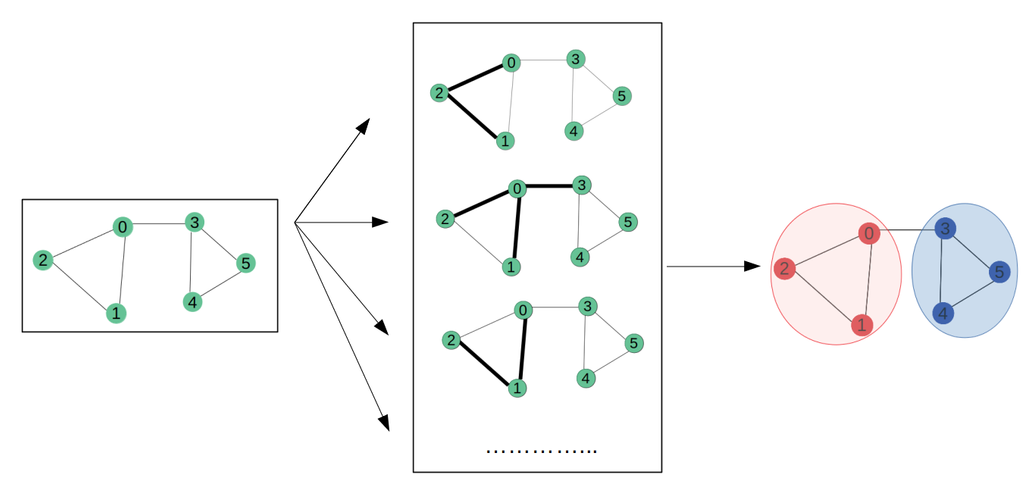
This is an AI for Health MSc project. Students are elgible to receive a monthly reimbursement of €500,- for a period of six months. For more information please read the requirements.
Clinical Problem
Pancreatic ductal adenocarcinoma (PDAC) has the worst prognosis of all cancer diseases with a 5-year survival rate of less than 10%. One of the reason for poor prognosis is resistance to treatment, which could be explained by the tumour morphology. PDAC is known to be a heterogeneous tumour. Recent studies hypothesised that morphological heterogeneity reflect structural and functional diversity in tumour biology. This could provide relevant clinical information on tumour-intrinsic properties as part of the routine diagnostic work-up to improve clinical outcome.
Solution
The goal of this project is to create a Deep Learning algorithm for the automatic classification and quantification of stroma in H&E stained whole slide images of pancreatic cancer. The algorithm should first segment the tumour area (coarse area which includes tumour glands and tumour stroma), then within that region it should detect regions of interest (defined as bounding boxes built around tumour glands) and last, it should classify the stroma in these regions of interest. Challenges include working with gigapixel images and with large amount of data. Tasks will include automatic selection of the regions of interest (ROIs) to use for classification and quantification of the tumour stroma.
Data
Our hospital archive currently contains hundreds digitized pancreatic slides, including biopsies and resections, which can be used for training/testing the models. This project will use annotated data from an ongoing prospective study.
Embedding
This project will be embedded in a clinical project with the goal to correlate CT perfusion imaging. The goal of this research is to correlate functional imaging parameters with pathology features such as stroma type and micro vessel density. The ultimate goal is to improve prediction of chemotherapy response and survival in PDAC.
Requirements
- Students Artificial Intelligence, Data Science, Computer Science, Bioinformatics in the final stages of their Master education.
- You should be proficient in python programming and have a theoretical understanding of deep learning architectures.
- Basic biological / biomedical knowledge is preferred.
Information
- Project duration: 6 months
- Location: Radboud University Medical Center
- More information can be obtained from Pierpaolo Vendittelli (mailto: pierpaolo.vendittelli@radboudumc.nl)



